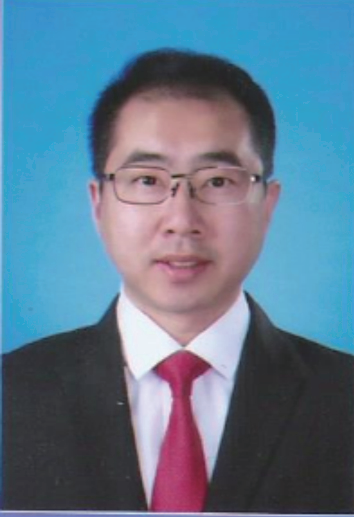Jianfeng Jin, Mingtao Wang and Gaowu Qin
School of Materials Science and Engineering, Northeastern University, Shenyang 110819, China
Abstract: How to improve the strength and break through the strength-plasticity trade-off has been a long-standing key issue and dilemma in magnesium alloy research. In this report, taking wrought Mg alloys as examples, using first principles and molecular dynamics, the effects of alloying element addition on elastic constant and grain boundary (GB) energy are studied quantitatively. A real spatial/temporal 3D phase field model is developed, in which the terms of elastic and grain boundary energy are accurately expressed in a way of parameter transfer. Then, the effects of different-typed element on recrystallization grain and texture are explored. After considering pinning effect of second-phase particles on GB, the effects of particle content and size on recrystallization microstructure are studied and the evolution of bimodal structure are explored, in which it is found that by controlling particle size, both grain refinement and texture weakening can be simultaneously achieved. Furthermore, the alloy with a bimodal grain structure can be regarded as a particulate compound model, in which the GB is considered the matrix and different-sized grains are treated as different-types of particles embedded into GB matrix. A microstructure-based micromechanics finite element model combined with Taylor-based nonlocal plasticity theory is established to simulate mechanical response of bimodal Mg alloy during tension and the relationship between "process parameter - bimodal structure - mechanical property" is established. The results show that with the average grain size decreasing, the strength gradually increases while a critical size for plasticity exists. Finally, by adjusting the synergy of bimodal structure and GB precipitates through a multi-stage heat treatment, a wrought magnesium alloy with excellent mechanical properties can be obtained.
Keywords: Multiscale modeling, magnesium alloy, bimodal/multimodal grain structure, high-strength/plasticity
REFERENCES
[1] Li SJ, Jin JF, Qin GW, Acta Metallurgica Sinica, 2022, 58(1): 114-128
[2] Song YH, Wang MT, Jin JF, Qin GW, Transactions of Nonferrous Metals Society of China, 2023, in press
[3] Song YH, Wang MT, Jin JF, Zong YP, Chinese Physics B, 2020, 29(12): 128201

JIN Jianfeng, Associate Professor, graduated from Queen Mary University of London in UK, and completed post-doctoral work at University of Connecticut in US. Currently, he is an associate professor at School of Materials Science and Engineering, Northeastern University, and a member of the team led by Dean Professor Qin Gaowu. Prof JIN has been engaged in research in computational materials science, microstructure design of particulate reinforced composites, and has participated in over 10 academy research projects and 2 industrial projects. He has published over 30 papers.